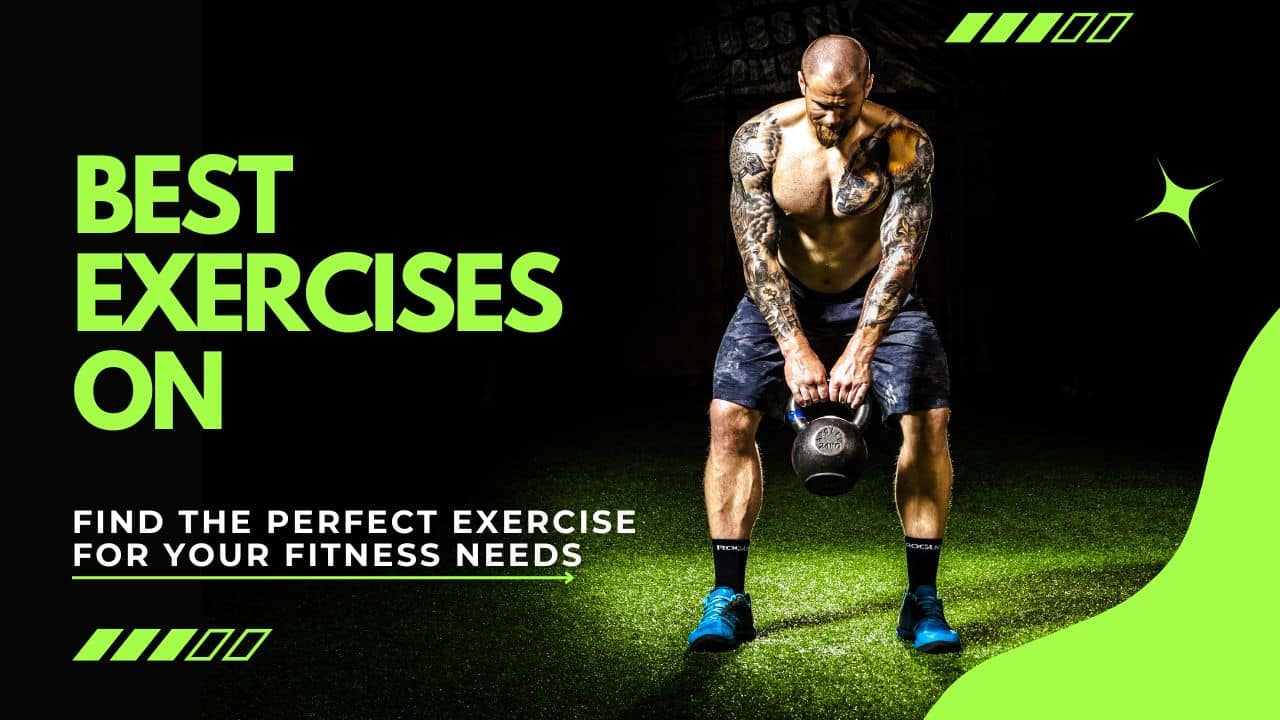AI Workout Planner
Create your personalized workout plan in seconds
Our workout planner eliminates the guesswork in your fitness journey. Whether starting or levelling up, this tool creates personalised routines based on your goals, time, and equipment.
Staying on top of your fitness goals can feel like a constant uphill battle. When you’re busy with your daily tasks, it’s easy to forget to plan your workouts for the week.
For those just starting out, a workout planner for beginners can make all the difference.
We understand these challenges, especially for busy beginners seeking a workout planner that fits their unique needs. That’s precisely why we created our workout planner for free—to take the guesswork out of getting in shape.
Our weekly workout planner features help you create balanced training schedules that align with your goals, such as strength, hypertrophy training, cardio, or losing weight, in the comfort of your home and with your available time.
Our weekly workout planner gives you the structure and guidance you require.
Stay motivated with our Workout Planner’s extensive library of ready-to-use workout plans and innovative features. It’s easier than ever to turn your health goals into reality.
How to Use Workout Planner
When it comes to fitness, there’s no one-size-fits-all solution. The most effective workout plan is one that’s tailored to your unique goals, preferences, and limitations. And that’s exactly what our Workout Planner is designed to help you do.
Use our Workout Planner tool to input your goals, equipment access, schedule, and other preferences.
The tool will generate a personalized routine tailored to your unique needs.
You can adjust variables like workout duration, training split, and exercise selection to find the right balance.
Define Your Fitness Goals
- Do you want to build muscle?
- Are you looking to lose weight?
- Do you want to become stronger?
- Do you desire to increase your endurance?
- Do you want to focus on a specific body part or muscle group?
Assess Your Current Fitness Level
- Determine your starting point in terms of strength, endurance, flexibility, etc.
- Identify any limitations or injuries that may impact your training.
- Understand your current fitness habits and routines.
Decide Your Workout Plan Requirement
- Beginner’s Full-Body Workout Plan
- Muscle Building Plan
- Fat Loss & Toning Plan
- Endurance Training Plan
- Home Workout Plan

Ready-to-Use Workout Plans to Get Started
Leverage Ready-to-Use Workout Plans
If you’re not sure where to start, browse our library of pre-made workout plans.
Choose from plans catered to different fitness levels, goals, and training modalities.
Import these expert-crafted routines directly into the Workout Planner.
How To Design Your Workout Planner
You can create and customize your own personal workout routines based on your specific requirements, preferences, and schedule. Before planning, keep the following information in mind:
1. Determine Weekly Sets Based on Your Fitness Level
The number of sets and reps you aim for will depend on your fitness journey. Here’s a great starting point for your workouts:
Recent research suggests that 12–20 weekly sets per muscle group may optimize muscle growth.
- Beginners: ~10 sets per week.
- Intermediate: ~15 sets per week.
- Advanced: ~20 sets per week.
If you notice that your progress stalls, consider adding sets to increase volume, which can help kickstart renewed progress.
2. Define Your Workout Goals
Your workout routine’s number of reps and sets will vary depending on your fitness level, weekly workout frequency, and specific goals.
Recommended rep ranges:
- For muscle hypertrophy (increased muscle size): Aim for 8-12 reps at 70 to 85% of your 1RM.
- For muscle endurance: Target 15-20+ reps with moderate loads (50 to 70% of your 1RM).
- For muscle strength: Focus on 4-6 reps at least 85% of your 1RM.
- For Weight (Fat) Lose: Do the combination for resistance training and cardio.
Starting with fewer reps and sets is always a good idea, gradually increasing as your strength improves.
3. Progressive Overload
Progressive overload is essential for continuous muscle gain. Gradually lift more weight or do more reps/sets.
Start with a comfortable weight that allows for proper form, then increase the load by 2-5% every 1-2 weeks to ensure progression without risking injury.
Tips for Progressive Overload:
- Add small amounts of weight each week.
- Increase reps once you hit the upper end of your rep range (e.g., go from 8 to 12).
- Add an extra set when you feel you can handle more volume.
4. Rest Periods
- For strength-focused exercises (lower reps, heavier weights), rest 2-3 minutes between sets.
- For hypertrophy-focused exercises (moderate reps, moderate weights), rest 1-2 minutes.
- For endurance or isolation exercises, rest 30-60 seconds to keep the intensity high and stimulate growth.
5. Customization Tips
If you want to prioritise specific weaknesses or muscle groups, adjust the workout plan by adding extra sets or isolation exercises for those areas (e.g., adding more shoulder work if deltoid development is lagging).
Ensure proper rest and recovery with rest days or light cardio to avoid overtraining. Listen to your body and adjust the volume accordingly if you feel too fatigued.
6. Recovery Optimization Protocol
Here’s something crazy:
A study from the International Journal of Sports Medicine found that 76% of lifters sabotage their gains with poor recovery management.
So here’s what you need to do:
- Sleep minimum 7 hours (non-negotiable)
- Protein intake: 1.8-2.2g per kg bodyweight
- Hydration: 1 oz per pound of bodyweight
- Strategic deload every 6th week

